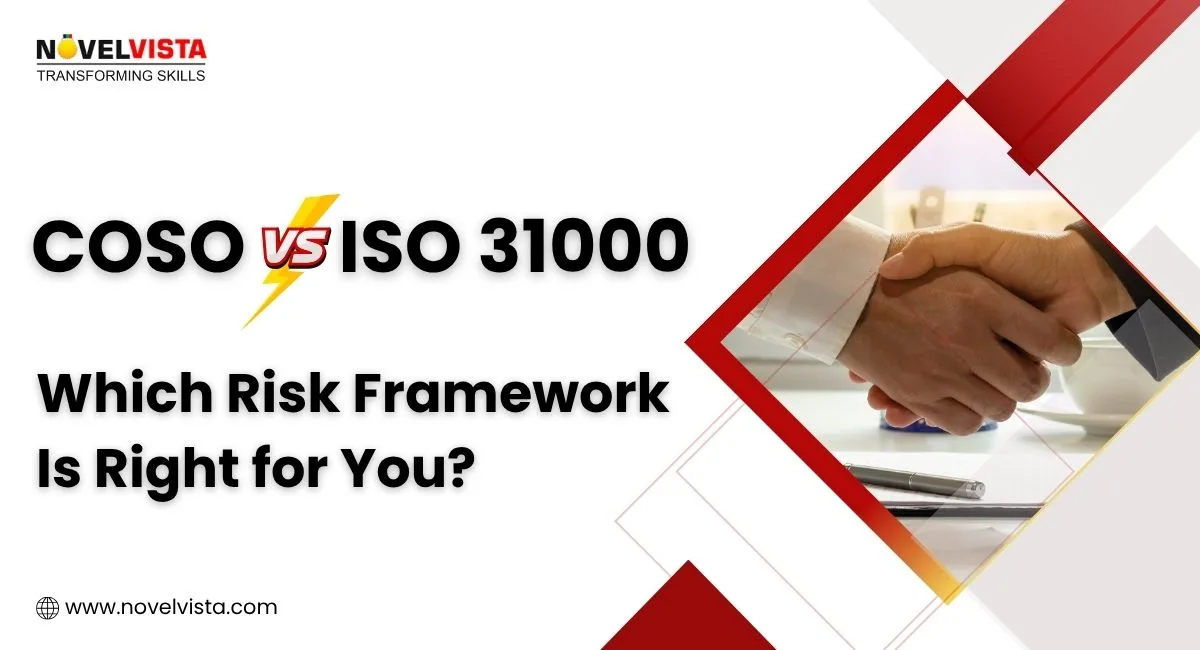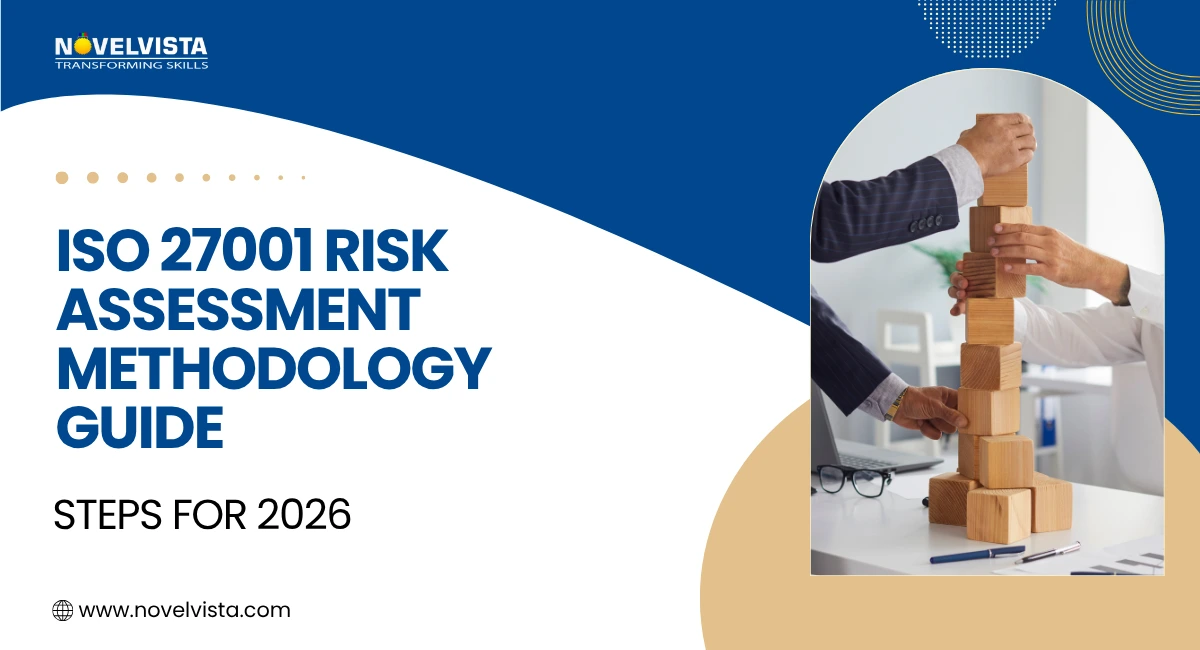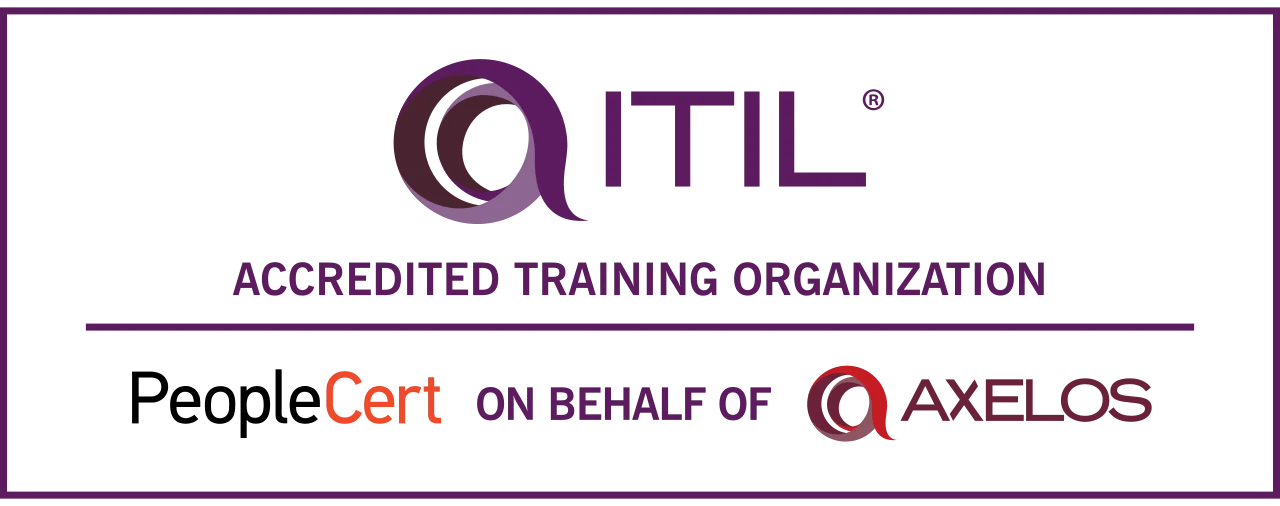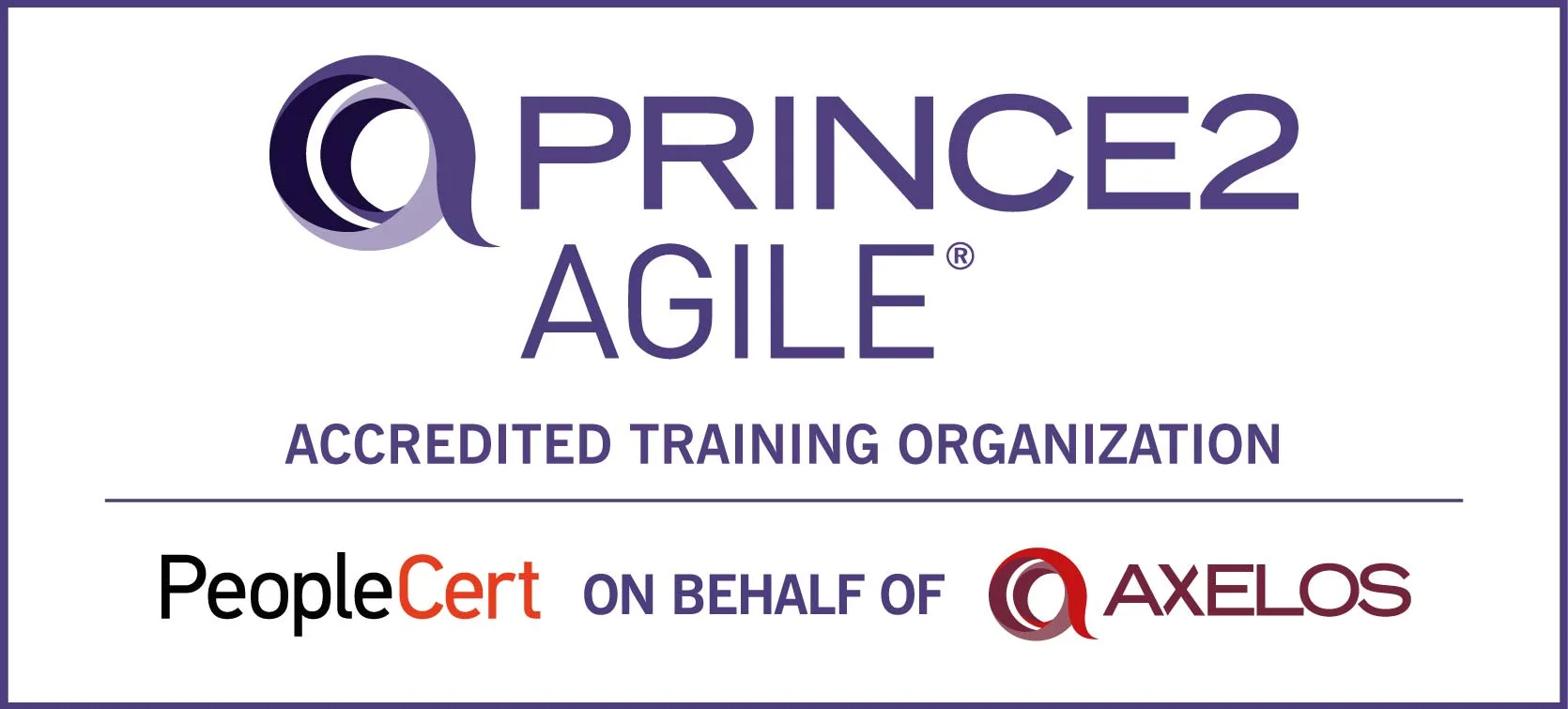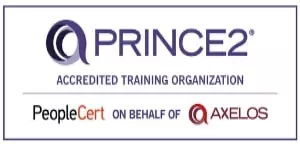“According to the Central Banking 2025 Risk Management Benchmarks, 85.7% of central banks use ISO 31000, and 64.3% use COSO ERM.”
While ISO 31000 and COSO ERM are both popular and well-established frameworks, they serve different purposes and are suited to different types of organizations. Understanding these differences will help you select the most suitable framework for your organisation’s unique needs, goals, and governance maturity.
In this guide, we’ll compare the COSO vs ISO 31000 frameworks, explore their similarities and key differences, and provide actionable insights on how to implement them to optimize your organization’s risk management practices.
What are coso vs iso 31000 ERM?
ISO 31000: A Global Risk Management Standard
ISO 31000 is the internationally recognized framework for risk management. It provides a set of guidelines, principles, and practices to help organizations manage risk in a structured, consistent manner. It is used across a wide range of industries, making it highly versatile.
ISO 31000 in a nutshell:
- Focuses on integrating risk management into the organization’s strategy and ISO 31000 decision-making process.
- It applies to all types and sizes of organizations.
- Based on Plan-Do-Check-Act (PDCA), a continuous improvement approach.
COSO ERM: Enterprise Risk Management for Governance
COSO ERM, on the other hand, is a U.S.-based framework that emphasizes governance and internal controls. Developed by the Committee of Sponsoring Organizations of the Treadway Commission (COSO), it is widely used in industries with significant regulatory oversight, particularly in North America.
COSO ERM in a nutshell:
- Focuses heavily on internal control and compliance.
- Provides a comprehensive approach to managing risk through eight components and 17 principles.
- Often used in environments with strong governance and auditing needs.
Similarities Between ISO 31000 & COSO ERM
Both Coso ERM vs ISO 31000 aim to improve organizational performance by managing uncertainty. While they are designed differently, there are several core similarities:
- Risk is defined as uncertainty: Both frameworks treat risk as the effect of uncertainty on an organization’s objectives.
- Non-certifiable: Neither framework provides certification; both are intended to be customized for individual organizations.
- Emphasis on embedding risk management: Both frameworks stress the importance of embedding risk management practices into decision-making and ensuring continuous monitoring and improvement.
Both frameworks also encourage a proactive approach to risk, helping businesses identify and mitigate risks before they become major issues.
ISO vs COSO Comparison Matrix
A detailed guide that includes adoption fit, framework selection quiz, and implementation tips.
COSO vs ISO 31000: Key Differences
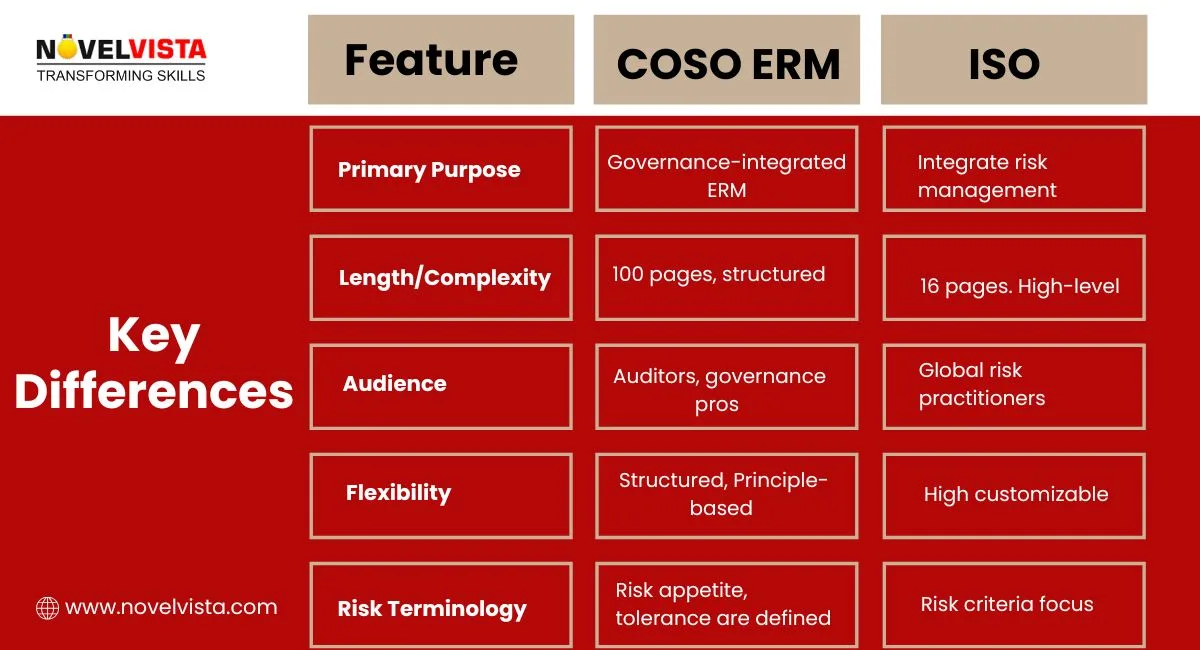
Scope & Structure
- COSO ERM: In-depth and structured with a more complex framework. The framework includes eight components and 17 principles, offering a detailed governance model and internal control perspective.
- ISO 31000: It’s a high-level, flexible framework that can be adapted to any organization or sector. The framework is relatively short (16 pages) and focuses on ISO 31000 principles and processes.
Geographic & Sectoral Usage
- COSO ERM: Primarily used in North America and more common in industries requiring heavy auditing and regulatory oversight.
- ISO 31000: Globally adopted, ISO 31000 is used in more than 82 countries. It is particularly well-suited for organizations looking for a flexible, all-encompassing approach to risk management
Focus & Orientation
- COSO ERM: Stronger emphasis on internal controls and compliance. It integrates risk management with governance and auditing processes.
- ISO 31000: Primarily focused on risk management integration into organizational strategy, helping organizations align risk management practices with business goals.
Terminology & Appetite vs Criteria
- COSO ERM dives deeper into risk appetite, tolerance, and capacity, focusing on how organizations should manage and govern their risk exposure.
- ISO 31000 defines risk criteria and focuses on aligning risk management with business strategy and objectives.
COSO vs ISO 31000: How to Choose Your Risk Framework in 90 Days
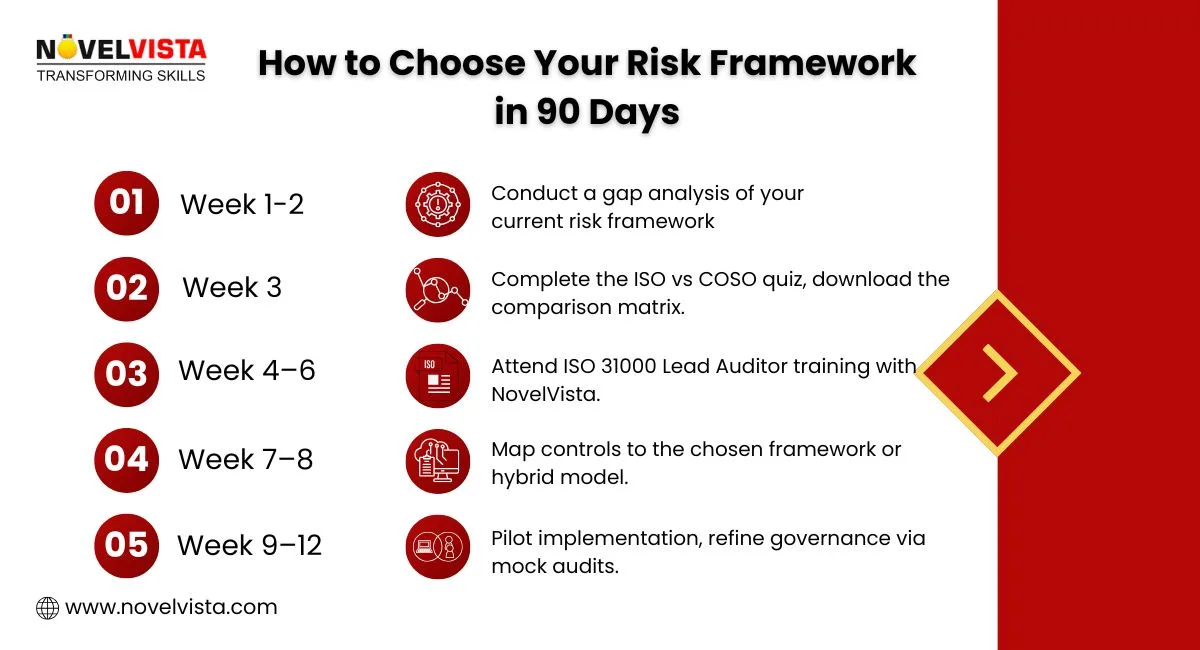
Final Takeaway
There’s no one-size-fits-all approach when it comes to debate about COSO vs ISO 31000. ISO 31000 offers global flexibility and a risk-first philosophy, while COSO provides a more structured governance and controls focus. By using the comparison matrix and seeking accredited training, you’ll be able to confidently select or customize a framework suited to your organization’s needs and governance maturity.
Ready to kick-start your risk management journey? Enroll with NovelVista today and gain the skills to lead with confidence.
Frequently Asked Questions
Take accredited training.
Pass the certification exam.
Receive your ISO 31000 Risk Manager credential.
Author Details

Vaibhav Umarvaishya
Cloud Engineer | Solution Architect
As a Cloud Engineer and AWS Solutions Architect Associate at NovelVista, I specialized in designing and deploying scalable and fault-tolerant systems on AWS. My responsibilities included selecting suitable AWS services based on specific requirements, managing AWS costs, and implementing best practices for security. I also played a pivotal role in migrating complex applications to AWS and advising on architectural decisions to optimize cloud deployments.
Confused About Certification?
Get Free Consultation Call

